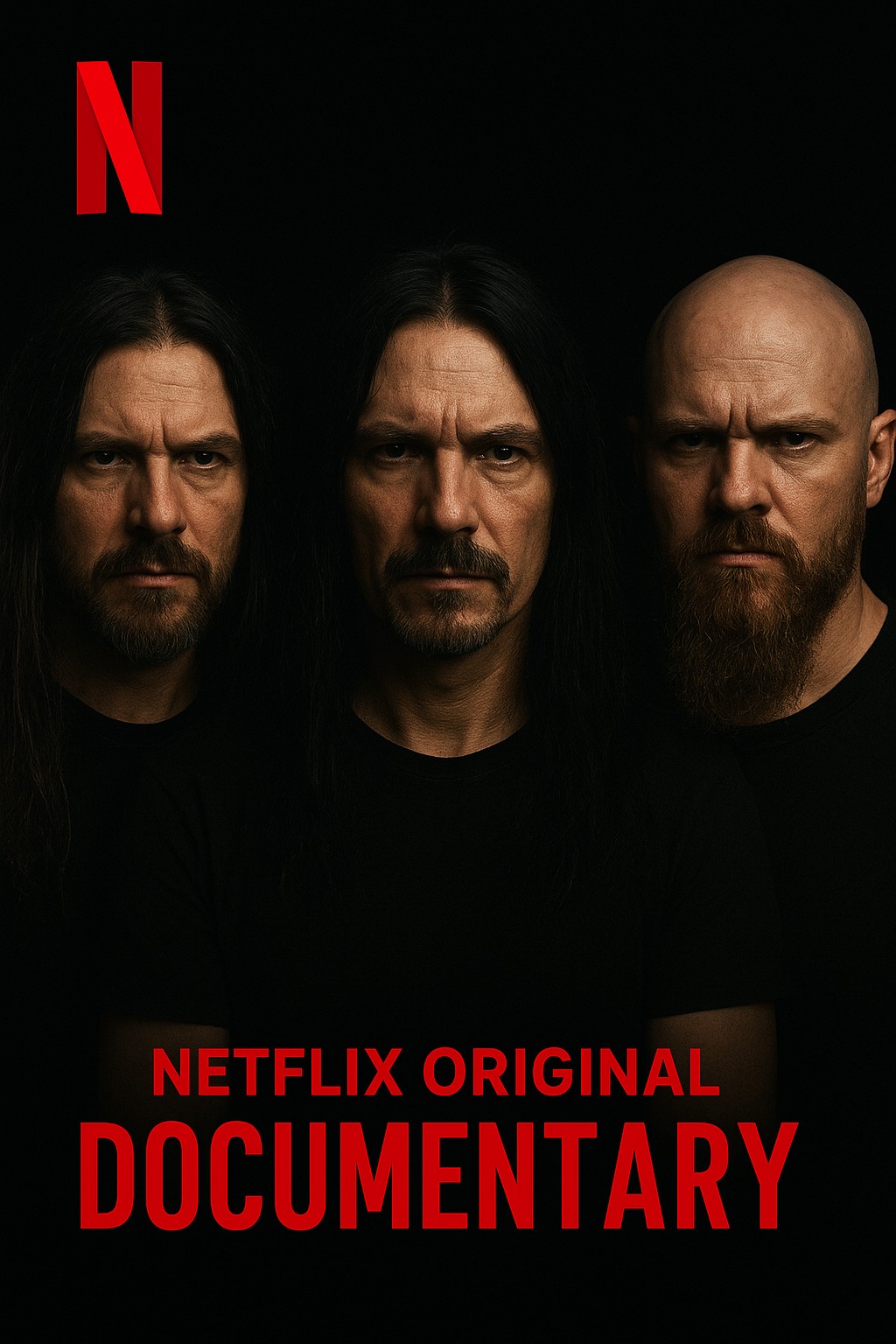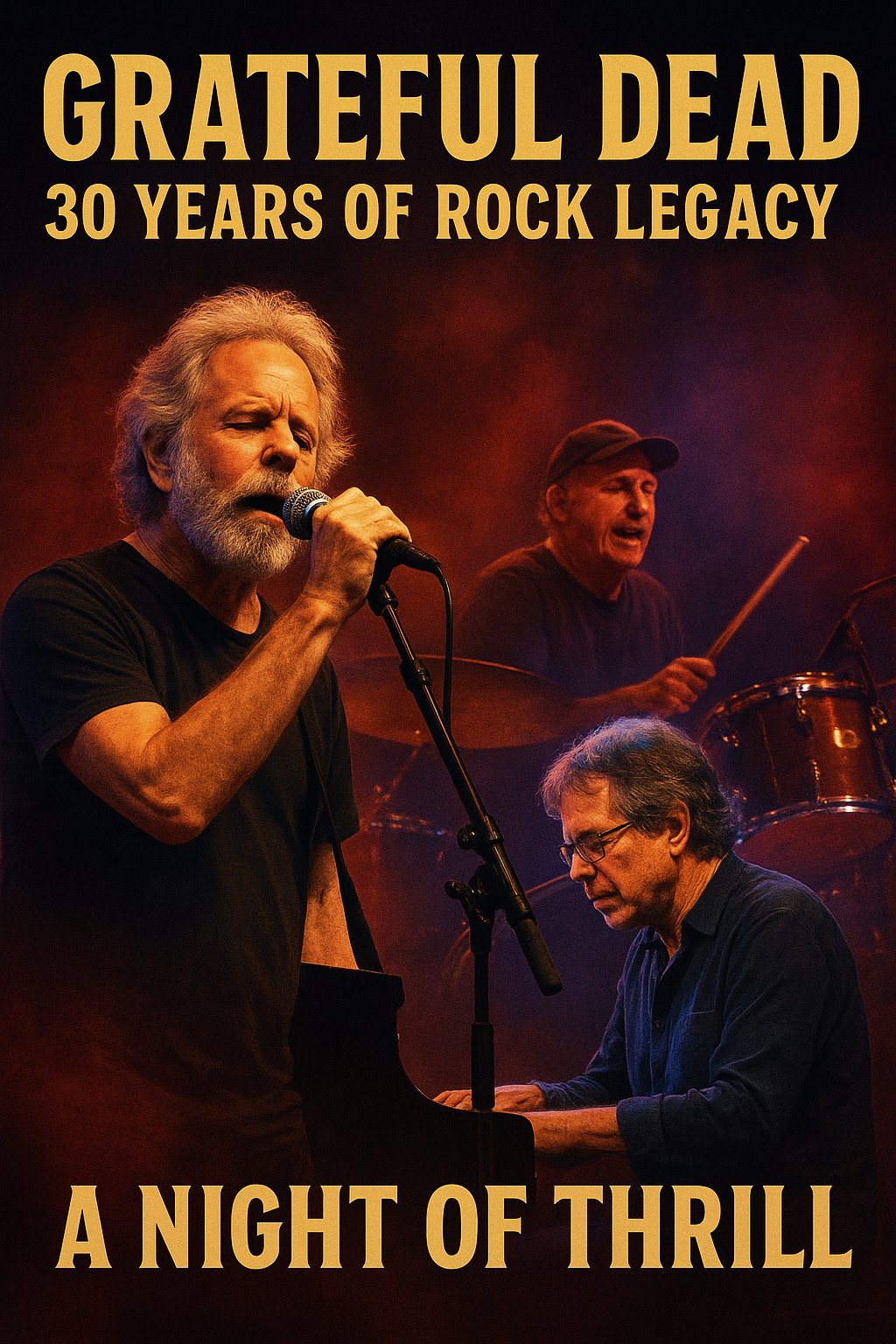Netflix has finally unveiled the trailer for the highly anticipated Belphegor documentary, sending waves of excitement through the global metal community. Known for their unrelenting sound, provocative imagery, and fearless artistry, Belphegor has carved a legacy as one of the most uncompromising forces in extreme metal. Now, for the first time, fans and newcomers alike will get an unfiltered glimpse behind the infernal curtain of the band’s world, as Netflix delivers what looks to be one of the boldest and most visually arresting music documentaries ever made.
From the opening moments of the trailer, it’s clear that this film is not meant for the faint-hearted. The visuals are dark, powerful, and cinematic—flashes of live performances, chaotic tour scenes, and slow-motion shots of the band drenched in stage blood set the tone for what promises to be an immersive and unapologetic experience. The haunting narration from frontman Helmuth Lehner immediately grabs attention, offering insight into the band’s origins, their struggles, and their enduring commitment to creating art that defies convention.
The trailer teases a balance between ferocity and vulnerability. Amid the chaos and the controversy, Helmuth’s voice carries a rare sense of introspection. He reflects on the years spent pushing the boundaries of sound and performance while battling personal demons and physical hardship. Netflix’s production quality elevates these themes, blending high-contrast visuals, archival footage, and crisp new interviews in a way that feels raw yet elegant. This is not just a story of a band—it’s the story of survival through art, faith, rebellion, and resilience.
Belphegor’s journey has never been an easy one. Formed in the early 1990s during a turbulent period for extreme metal, the band faced intense scrutiny for their provocative themes and relentless aesthetic. The documentary doesn’t shy away from this controversy. Instead, it confronts it head-on, with former critics, journalists, and even religious figures offering their perspectives on the band’s enduring cultural impact. This open approach to storytelling gives the film a complexity that sets it apart from typical rock documentaries.
The cinematography in the trailer hints at something far more than a straightforward biopic. Each frame feels carefully constructed—moody lighting, sweeping shots of Austrian landscapes, and intense close-ups of the band in rehearsal and on stage. The use of red and black tones creates a visual metaphor for Belphegor’s duality: beauty and brutality intertwined. Netflix’s creative team appears to have gone all-in on delivering an atmosphere that captures both the chaos and artistry that define the band’s existence.
Sound design also plays a crucial role in building anticipation. The trailer pulses with snippets of Belphegor’s most iconic tracks, seamlessly interwoven with ambient sounds and cinematic scoring. The growling guitars and thunderous drums serve as both soundtrack and heartbeat to the visuals, pulling the audience into the band’s world. For fans who have followed the group through decades of evolution, hearing these riffs in a new cinematic context will be nothing short of thrilling.
In one striking scene teased in the trailer, Helmuth speaks candidly about a near-death experience that changed his outlook on life and music. His words—delivered in his characteristic calm yet commanding tone—reveal a side of the musician rarely seen in public. It’s a powerful reminder that behind the corpse paint and the chaos is a deeply human story of perseverance and transformation. Netflix seems intent on humanizing a figure often misunderstood, presenting a portrait of an artist whose work is as much about philosophy and pain as it is about provocation.
The documentary also explores Belphegor’s impact on the global metal scene, featuring commentary from musicians and fans across continents. From underground clubs in Europe to massive festivals in South America, the band’s reach has been profound. Interviews with collaborators, producers, and fellow artists shed light on how Belphegor’s sound and image helped shape a subculture that thrives on pushing the limits of art and expression.
While Netflix’s previous music documentaries have tackled a wide range of artists, from pop icons to punk legends, the Belphegor project stands out for its willingness to enter darker, more controversial territory. The creative team treats the subject matter with respect but never sanitizes it. The result, as suggested by the trailer, is a film that invites audiences to confront their perceptions of extreme art and its place in modern culture.
Visually and emotionally, the documentary looks poised to deliver a unique fusion of horror aesthetics and heartfelt storytelling. There are moments of chaos—blazing pyrotechnics, screaming crowds, and blistering guitar solos—but also quiet introspection and vulnerability. It’s this contrast that makes the trailer so compelling. Netflix has managed to present a story that feels both intimate and epic, personal and universal.
The anticipation surrounding this release is already immense. Longtime fans of the band are eager to witness Belphegor’s history told with this level of depth and authenticity, while casual viewers may find themselves drawn into a world they’ve never explored before. With its balance of music, emotion, and visual artistry, this documentary seems set to transcend genre boundaries, offering something powerful even to those unfamiliar with the metal scene.
As the trailer fades to black, Helmuth’s voice delivers one final line—a reflection on art, death, and meaning—that leaves an echo long after the screen goes dark. It’s a haunting yet strangely uplifting moment, emblematic of everything Belphegor represents. With Netflix’s reputation for excellence in storytelling and the band’s uncompromising vision, this film promises to be an unforgettable experience that captures the essence of what it means to live and create on the edge.



